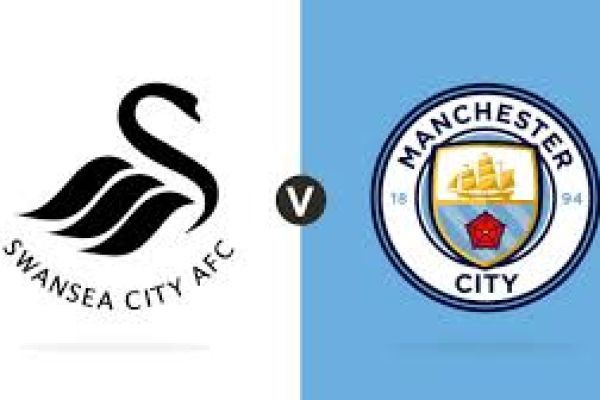The fixture between Swansea City and Manchester City encapsulates the dramatic shift in power dynamics within English football over the last decade. While historically not a major rivalry, their meetings, particularly during Swansea’s seven-year tenure in the Premier League, often served as a barometer for the gulf opening up between the new elite and the established mid-table clubs. For Swansea, the matches against City were tests of resilience and tactical ingenuity; for Manchester City, they were often simply stepping stones toward inevitable silverware, culminating in lopsided scorelines that highlighted the chasm in financial and footballing resources.
The Premier League Divergence
Swansea City, having climbed through the football pyramid and achieving promotion in 2011, initially impressed the Premier League with their 'Swansea-ball' philosophy—a commitment to possession and passing modeled on the Cruyffian school of thought. Under managers like Brendan Rodgers and Michael Laudrup, they punched above their weight, even securing a League Cup triumph in 2013.
However, during this same period, Manchester City was accelerating its evolution into a global superpower following the Abu Dhabi takeover. Their rivalry fixtures from 2011 to 2018 tell the story of two clubs on fundamentally different trajectories. While Swansea could occasionally frustrate City—holding them to a 0-0 draw in their inaugural Premier League season—the pattern quickly established itself: superior attacking quality eventually overwhelmed the Swans’ structural commitment. Matches frequently ended with convincing City victories, including a 4-0 defeat at the Liberty Stadium in 2017 and a ruthless 5-0 demolition in 2018, which underscored the tactical difficulty of competing against Pep Guardiola’s sophisticated, high-pressing machine with limited funds.
The Defining FA Cup Quarter-Final (2019)
The most defining and controversial recent clash occurred in the 2019 FA Cup Quarter-Final. By this point, Swansea had been relegated to the Championship, yet they produced a monumental effort at home that briefly threatened to derail City’s quest for a historic domestic treble.
Taking a surprising 2-0 lead—a curling shot from Bersant Celina and an early penalty—Swansea demonstrated the 'cup magic' inherent in the competition. They defended valiantly, forcing City to search desperately for a breakthrough. The comeback, however, was mired in controversy, highlighting the fine margins and perhaps institutional bias favoring elite clubs.
City’s first goal came from Bernardo Silva, reducing the deficit. The equalizer, converted by Sergio Agüero, stemmed from a penalty that replays suggested was a clear dive by Raheem Sterling. Agüero’s winning goal in the 88th minute was also offside, a fact only confirmed by subsequent video analysis, as VAR was not in use at that stage of the competition. The 3-2 final score, while narrow, was a brutal learning experience for Swansea: even when tactically and emotionally superior for 70 minutes, the clinical quality and sheer luck often follow the power structure of the game.
Tactical Asymmetry and Legacy
The tactical asymmetry in these contests was profound. Swansea relied on controlled, measured possession to mitigate the opponent’s threat, often attempting to match City in the midfield battle. Yet, City’s movement, particularly their fluid front line featuring players like Kevin De Bruyne, Leroy Sané, and David Silva, simply possessed too many vertical threats and combinations for a Championship defense to contain consistently.
The lasting legacy of the Swansea vs. Manchester City fixture is not one of competitive rivalry, but rather a reflection of football’s financial stratification. The matches showcased the dazzling heights of Guardiola’s tactical vision against the principled, yet ultimately outgunned, identity of a provincial club. Though Swansea’s commitment to playing attractive football was admirable, the gap between the clubs’ budgets translated directly into the gap between the scorelines. Their meetings stand as a clear marker of Manchester City’s decade-long dominance, and a reminder of the monumental challenge facing any club attempting to challenge the Premier League’s established hierarchy.
Word Count: 695 words








